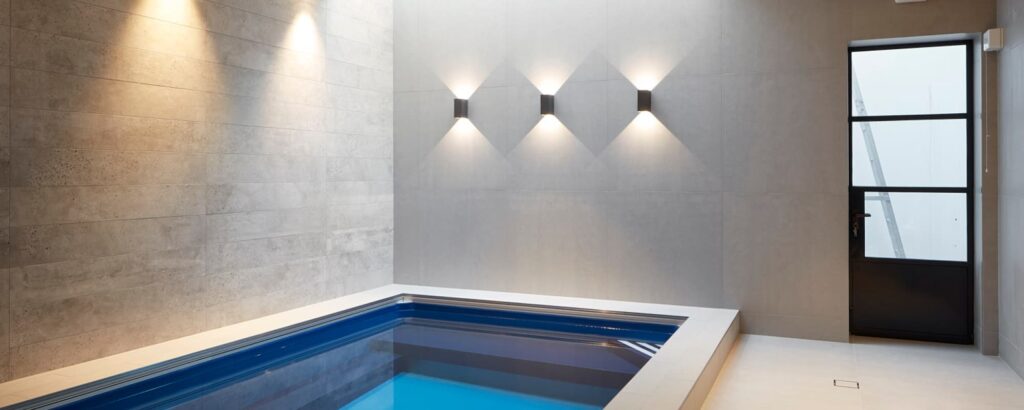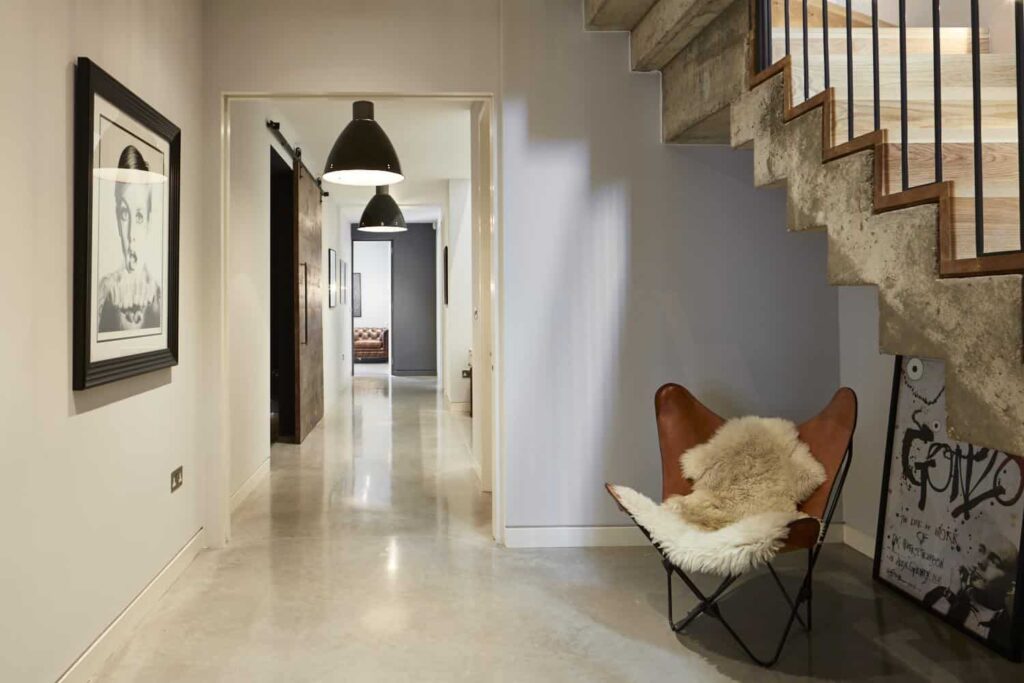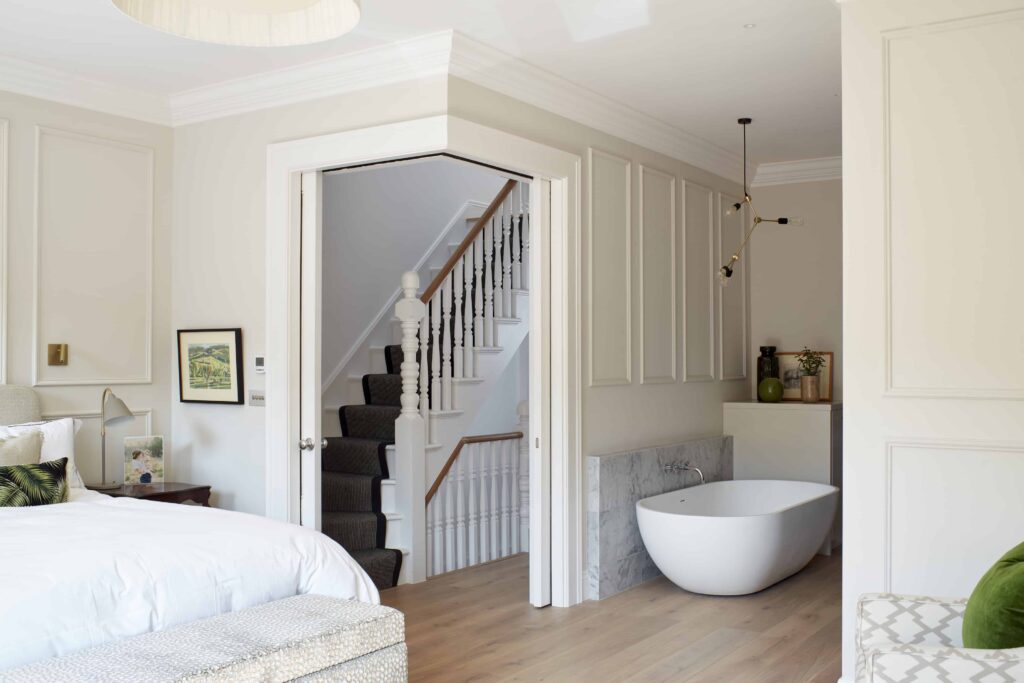2018 UK Home Renovation Trends

With 2018 coming to an end, we thought you might like to know what’s been happening in the property renovation world…Houzz has an interesting write-up on the 2017/ 2018 trends in renovations.Findings from a survey of 7,194 UK homeowners on Houzz about their home renovations in 2017 and plans for 2018.HOME RENOVATION BOOM CONTINUES: 2018 […]
Ask what your basement can do for you…

Ask not what you can do in your basement… Ask what your basement can do for you. Ever dreamed of that one extra space in your home that would ‘complete’ it? It’s that space that will add the wow factor to your home or the retreat that will transport you to a place of peace […]
Garden Basement – When down IS out…

Do you have a growing family and need more space? Or just want a home that has the wow factor? Have you moved into a new home and are thinking about renovating to have your stamp on it? A garden basement may just be what you need. It’s unique and can be used for whatever […]
Su-“render” your home to give it an uplift

(We found this interesting piece in Homebuilding and Renovating… Could be useful weighing up the pros and cons of rendering your property)If your property needs a bit of a facelift, it’s worth considering how render might give your home a new lease of lifeSo much focus is given to our home’s interiors that the exterior of […]
Find out how much YOUR basement conversion will cost

Basement conversions are a popular way of increasing space and square footage and adding value to your home, especially where building up is not an option. We have built several basements in Central London, allowing families to expand their living area, avoid being uprooted and save the prohibitive costs of moving home. In fact, the […]
Basement conversions – Find out what’s MOST important

You can add valuable space to your home or property by building a basement. If you are thinking of creative ways of adding floor space in your home to incorporate perhaps a wine cellar or a home cinema or even a swimming pool, consider venturing downwards to the basement.There are several structural regulations that must […]